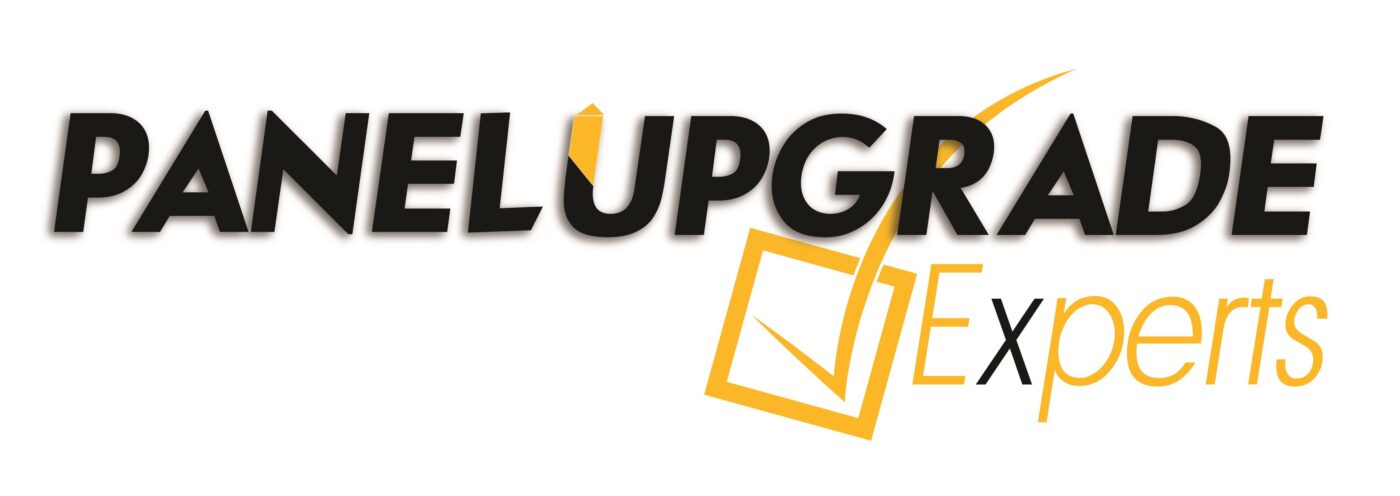Do you know the process of delivering electricity to every corner of a house or building? The basic principle behind the distribution of electricity is very fascinating and easy to understand. The main process starts with the installation of distribution boards, installing or replacing electrical panels, and circuit breakers. The main supply to house or building is through an electric cable coming from the nearby pole which is connected to the distribution line and grid.
The Distribution Boards
Almost all of the distribution boards are versatile and are in the form of empty enclosures when you purchase it. One of the most attractive features of the distribution board is that you can have it for each part of the house or building separately. Each part of the distribution board is then connected through a disconnector switch. However, the technical aspects and structural feasibility of the distribution board are varying country to country.
Types of Distribution Boards
The following are some different types of distribution boards based on technical aspects and use.
- Fuse Boxes: The fuse box is referring to a unit in which control of the electricity distribution of a building is located. The location of the fuse box is of great importance to know because in case of emergency you have to access a fuse box to eliminate chances of chaos.
- Breaker Panel: The main circuit breaker panel is protecting the entire circuitry of building and monitor any kind of abnormality which is beyond its ampere bearing capacity. These are protecting the circuits from getting heated through the breaker connected with 3 wires throughout the circuitry of the building. This breaker is capable to cut the power from the house within seconds.
- Lug Panel: The lug panel is used in the distribution boards when the main breaker is located upstream. The line wires of the building are running through the lug panel. The lug panel is also sometimes used as a sub-panel and is often connected to breakers through the major panel of the distribution board.
- Sub-Panels: The installation of sub-panels is very easy and is safer to be used in houses and is efficient as well. Such panels are small in size and are helping in the distribution of power to different parts of the house or building. Such panels might be getting power from the main panel and are adjustable for current distribution around any part of the building. The only drawback of such panels is that these don’t have any disconnects.
- Transfer Switches: The transfer switch is shifting the load among different electrical sources. Transfer switches are often described as subpanels. These are considered best for the backup power generators. These switches are converting the power of generators to electrical power with the help of the breaker panel. The idea of transfer switches is having a good quality switchboard connection for ensuring seamless power supply and safety is also guaranteed. Two types of transfer switches are available in the market i.e. manual and automatic transfer switches. The automatic type is preferred as it has a seamless behavior and is easy to use while the manual is a bit hard to use as its name suggest, it has to be operated manually.
Contact Panel Upgrade Experts for all your electrical needs in Calgary.

